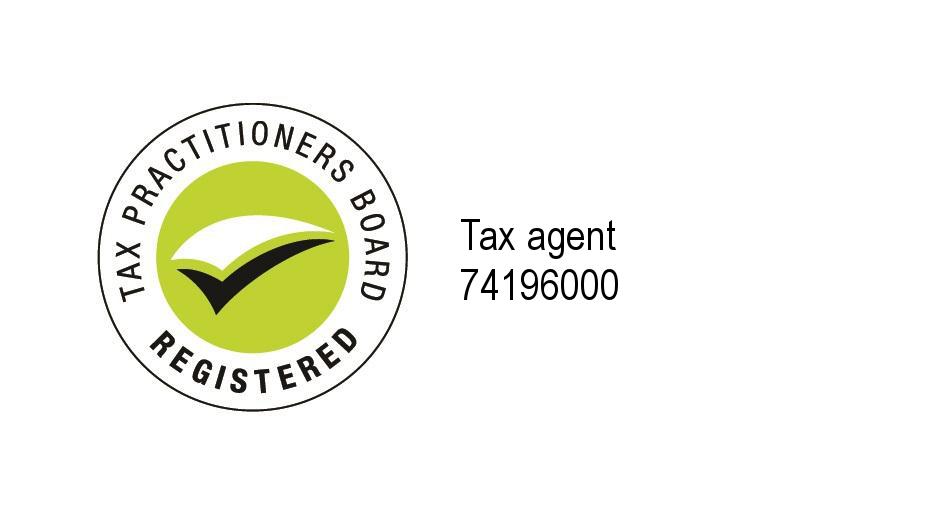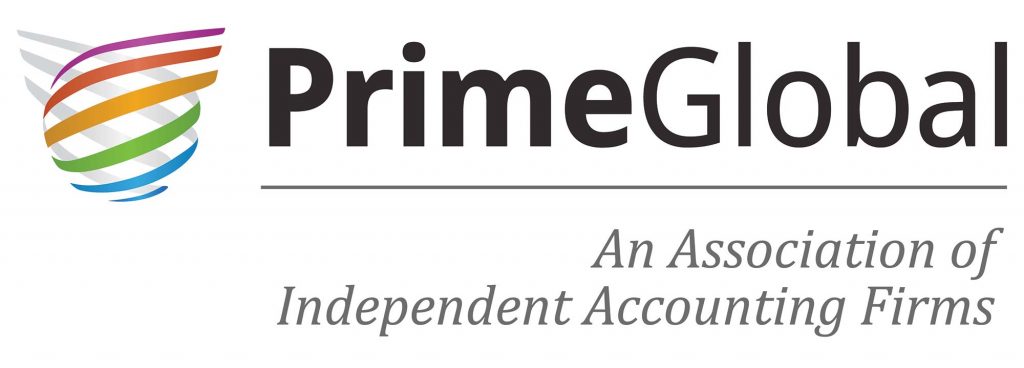Over the past four years or so the ATO have been running a review project on professional practices be they accounting, legal, architectural engineering or medical, any business that provides professional services where senior staff have access to or control over equity.
The ATO’s previous such project on service trusts brought taxpayer behaviour back from unknown (and sometimes unjustifiable) treatment of markups to either commercially supported amounts or with the safe harbour rules published by the ATO. Perhaps their inspiration was Donald Rumsfeld – over the past decade service trusts have moved from ‘known unknowns’ to ‘known knowns’.
We understand that the project has involved the ATO reviewing structures used, how owners buy in and sell out, how the related senior staff are remunerated and where profit is distributed. Being selected for a review has, for some taxpayers, been a long and varied journey. Quite a bit of behind-the-scenes review has also been undertaken by the ATO, reviewing tax returns, tracing profit flows, checking CGT Events etc.
During these reviews, the ATO’s concerns related primarily to the following areas:
- Situations where an individual employee sets up an entity to hold an interest in the employer business and that individual’s remuneration from the business subsequently drops despite that person taking on more responsibility;
- Individual partners or owners selling their equity to a controlled entity and the business profits subsequently flowing through to be taxed in the hands of other taxpayers;
- Ongoing business owning entities paying nil or below market value remuneration to related individuals who work in the relevant business.
The initial public pronouncement from the ATO was in December 2013 when Taxpayer Alert TA 2013/3 was issued. This Alert primarily focussed on situations where a partner in a business partnership sold out to a controlled entity, and where that controlled entity became a partner in the individual’s stead. The ATO was concerned that typically this coincided with a significant reduction in the individual’s taxable income and a commensurate rise in the incomes of various family members, but that the individual kept on working in the firm – often for little or no direct reward.
The ATO concluded that Part IVA might apply as the transaction may have given rise to an income-split, or perhaps even that the sale transaction was a sham such that it could be looked through.
On 27 August 2014 the ATO published some further thoughts on the issue on their website (“Assessing the risk: allocation of profits within professional firms”). This document explains the ATO’s current thinking on the issues and provides a set of guidelines that taxpayers can use to gauge for themselves whether they are low or high risk in the ATO’s eyes. According to the press release for this document, the guidelines are draft. The publication itself makes no such reference or claim.
The guide first carves out who it doesn’t apply to – if you earn personal services income you use those rules, and if you are a tradesperson you are also outside this guide. This is notwithstanding that tradespeople can operate through partnerships where one of the partners may be a spouse who has little if any involvement in the business.
So, for professional firms of accountants, lawyers, architects, engineers, financial services providers and the medical profession – read on!
The guide explains how the ATO will assess “…the risk of Part IVA applying to the allocation of profits…”. The tests set out in the guide allow taxpayers to self-assess as to whether they are at low or high risk according to the ATO’s new viewpoint. It does this via three tests:
- Is the individual controller remunerated (either via salary or profit) more than the business’ highest-paid band of employees providing equivalent services (or if there are none then in line with comparable industry benchmarks);
- Does 50% or more of the owner’s profit go to the individual; or
- Is every taxpayer related to the individual and in receipt of income from the business taxed at an average tax rate of 30% or more.
Answer ‘Yes’ to one or more of these and you are low risk; answer ‘no’ to all and you are high risk.
Of course, having worked out your risk level, there is no indication of whether the ATO will look at you, or of whether they will seek to do anything even if they do. Importantly, there is no suggestion that the ATO would necessarily apply any of the tests in an actual review or audit as some sort of target outcome, so these tests are not a safe harbour. They should be seen as a tool which the ATO now intends to use to gauge a taxpayer’s risk level.
For the ATO this project has been like wrestling with an invisible opponent – the ATO believes that there are unfair and improper advantages being obtained by, say, a partnership of discretionary trusts running an accounting or legal practice. Their only way to combat this is to infer that there is some tax avoidance motive and that if a taxpayer is high risk then they will wheel out the audit team, state that they are concerned that Part IVA applies and then start hunting. Also against the ATO is the weight of history in that since the small business CGT concessions were rewritten into (broadly) their current form in 1999 a partnership of discretionary trusts has been the preferred business structure for many businesses. The Full Federal Court in Kelly’s case (2012 and 2013) also confirmed that a partnership of trust is a legitimate and effective business structure, and that an interest in a partnership can be assigned to a trust. This case sets a precedent that will make attacking the structure itself difficult for the ATO. Similarly, arguing that a distribution resolution properly made by a trustee under the powers given to it in the deed is somehow subject to Part IVA would be quite a challenge!
The problem is thus how Part IVA would apply to the profits of a professional business. If an individual partner sells their partnership interest to a controlled entity then Part IVA could apply if there is no commercial basis for the transaction; however what about the senior manager who is offered a chance to buy in – but only if they set up an entity to be the partner? What if the manager is risk-averse and doesn’t want to mix up business risk with his or her personal assets? Where real money is used to buy into a partnership then what part of the profit is a return for the investment risk taken, rather than anything to do with the employment services provided by the individual? Can the ATO expect success in arguing that such situations and investment decisions are dominated by tax issues?
How businesses are structured is generally a decision made on a wide range of factors. Tax may be one; however the relative strength of this factor will change from taxpayer to taxpayer. My view is that the ATO is hoping that it will win the battle by appealing to the reluctance of taxpayers to ‘buy a fight’ with them, as there is a real cost in time, effort, worry and fees for assistance from one’s tax agent when the ATO review or audit a taxpayer. All of these costs are real, and are not recoverable from the ATO should a taxpayer be given a clean bill of health. If the ATO can modify the average behaviour of professional practice owners then the question of whether it has a sound basis in law for its view is largely irrelevant.
The concern is that the ATO have built an argument on Donald Rumsfeld’s ‘unknown unknowns’.



